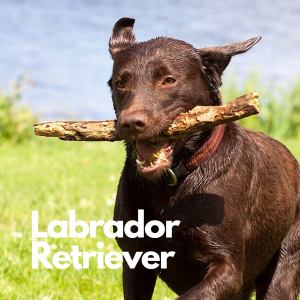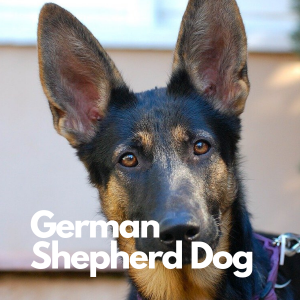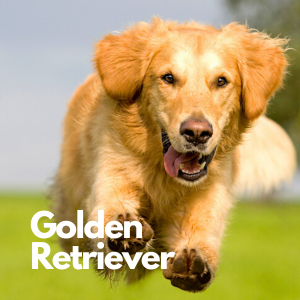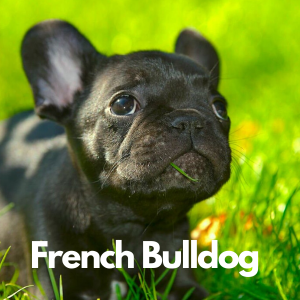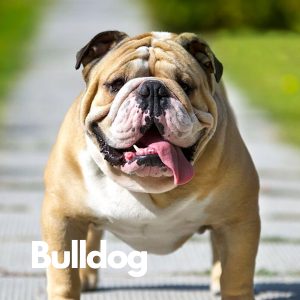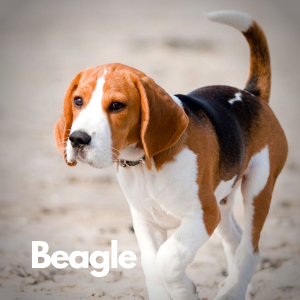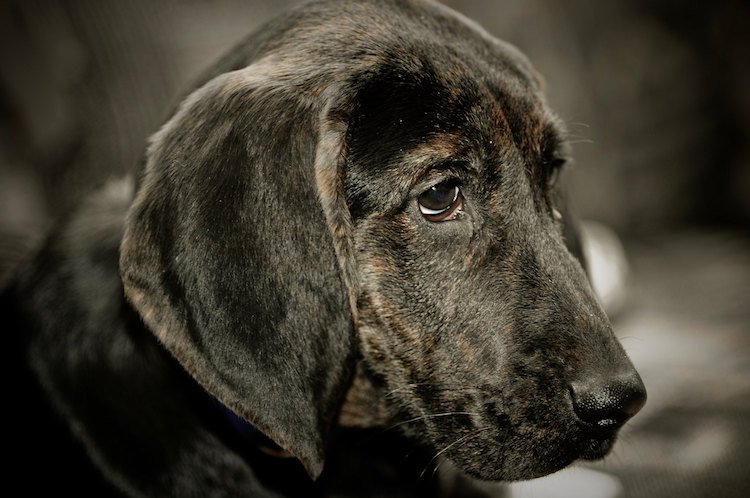
Hound
40-60 lbs.
20-25 in.
12-14 years
1. Key Characteristics of Plott Hounds
The Plott Hound is a powerful, muscular hunting hound. It’s the state dog of North Carolina.
This breed features:
- A black nose
- Black lips
- Brown or hazel eyes
- High-set, medium-length ears
- A moderately heavy, long tail
- Round, solid feet — some of which may have webbed toes, although not all Plott Hounds have this feature
The dog’s smooth, short to medium coat comes in colors of buckskin, brindle or black, and there may also be saddle, white or other markings. Though not common, double coats are possible.
2. Where Plott Hounds Come From
The Plott Hound’s ancestors were developed in Germany and were a favorite of gamekeepers.
One breeder, George Plott, and his brother left Germany for the United States in 1750 with 5 of their Bloodhounds. Plott raised a family and continued to breed his dogs in North Carolina. After Plott’s son became involved in the breeding program, it continued through 7 generations (around 200 years).
The dogs hunted bears, mountain lions and wild boars and were exceptional at their tasks. They were also effective at treeing and coon hunting.
The black saddle marking was the result of an outcrossing by Gola Ferguson: A Plott Hound was crossed with a Blevin Hound, a tan dog with black saddle markings. The offspring were bred back into Ferguson’s line with exceptional results.
The American Kennel Club (AKC) officially recognized Plott Hounds in 2006.

3. How Friendly Are Plott Hounds?
This breed is loyal, intelligent and alert. Eager to please, Plott Hounds are good with older children and other animals if socialized at a young age.
Plott Hounds need socialization and obedience training because they can be dominant pack dogs.
When hunting, Plott Hounds are aggressive and fearless and won’t think twice about taunting a bear or boar. At home, they can be possessive of food or food bowls. They are known to have a loud, long, lingering bark or bay.
4. Is This the Right Dog for You?
Exercise Needs
VERY HIGH: These active dogs need daily exercise, like 2–3 walks a day, to help them expel energy. They are active hunters with strong instincts and stamina, and regular exercise can help curtail negative behaviors.
Exercise your Plott Hound on a leash or within a secure area when outdoors. Surprisingly, they are not ideal jogging buddies — they are scent hounds who want to stop and smell when outdoors.
Because of these dogs’ exercise needs — and also their bark — apartment living isn’t the best housing situation for them.
Grooming Needs
LOW: Brush your Plott Hound’s coat 1–2 times a week. Bathe them as needed — dry or foam shampoo works well.
If your Plott Hound is an outdoor adventurer, check them regularly for ticks, injuries and debris in the ears or paws. And, as with all dogs, make sure you’re regularly cleaning the teeth, nails and ears of your Plott Hound.
Health Problems
LOW: Plott Hounds have only a couple of commonly seen health problems, including:
More Stats About Plott Hounds
| Friendliness | ★★★★☆ |
| Ease of Training | ★★★★☆ |
| Barking/Howling | ★★☆☆☆ |
| Shedding | ★★☆☆☆ |
| Tolerate Being Alone | ★★☆☆☆ |
| Very Good With Kids | ★★★☆☆ |
Learn more about the fascinating history of these dogs in this video:

5. How to Adopt a Plott Hound
Start with our adoptable pet search to see if a Plott Hound is available near you, or look for a rescue dog in your state.
Going with a breeder? Ask for health clearances on the hips of the parents of the puppy you intend to buy. Also, make sure the breeder is reputable so you don’t end up accidentally supporting a puppy mill.
References
- “Plott Hound.” American Kennel Club. https://www.akc.org/dog-breeds/plott-hound/.
- American Plott Association. https://www.americanplottassociation.com/.
- National Plott Hound Association.

